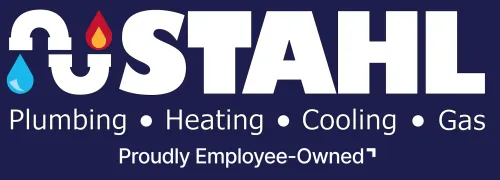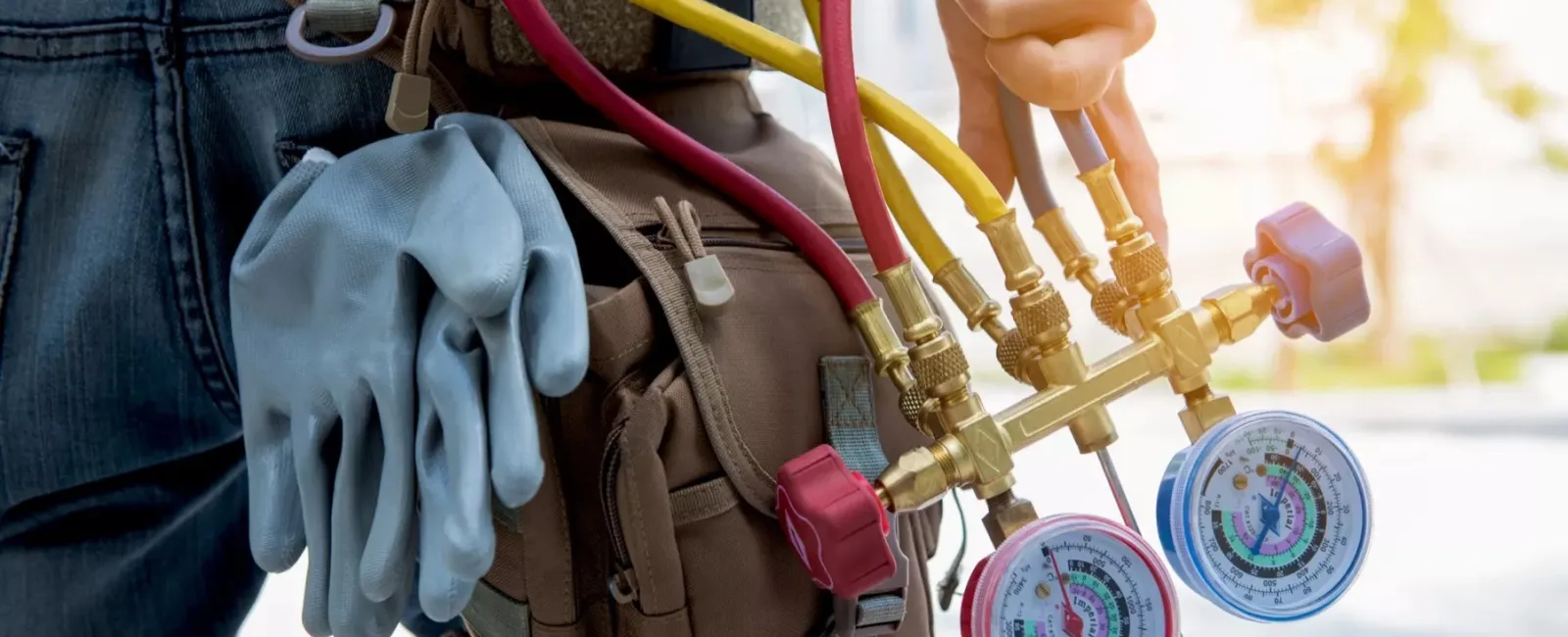 Frozen pipes are a real problem here in Pittsburgh. Sudden deep freezes can leave you with pipes filled with ice, and it's up to chance whether or not they will burst and flood your home.
Frozen pipes are a real problem here in Pittsburgh. Sudden deep freezes can leave you with pipes filled with ice, and it's up to chance whether or not they will burst and flood your home.
The worst thing about frozen pipes bursting is the cost associated with repairs after the fact. Frozen and broken water pipes are second only to hurricanes for both how many homes are damaged and how much the insurance claims end up costing. A typical damage claim for pipe-related flooding is $50,000.
Our Pittsburgh plumbers want to help you avoid the headache of trying to cope with your frozen pipes flooding your home with a series of tips.
Avoid a Freeze If You Can
Obviously, the most important thing you can do to prevent flooding is to try to avoid letting your pipes freeze. Our master plumbers recommend following a few easy steps to discourage your pipes from freezing:
- Let your pipes drip when temperatures go below freezing. Moving water has a harder time freezing.
- Keep your home heated to at least 60 degrees.
- Open up cabinets to allow your home's heated air to reach your pipes.
- Insulate any pipes that are not easily heated by your home's air.
If a Pipe Freezes
While these tips help if you know a freeze is coming, they aren't much good to you if your pipes are already frozen. Your first step when you realize a pipe has frozen is to shut off the water going to that area. You then want to carefully thaw the pipe by using a hair dryer, space heater or heat lamp.
Our Pittsburgh plumbing experts remind you that you must be very careful at this point. If your pipes have not already sprung a leak, it is possible that it's because the ice clogged the hole before the leak could get too bad. You will want to have a bucket, a mop, towels and possibly a wet vacuum handy in case thawing the pipe causes a leak to appear.
If you are able to thaw the pipe fully without incident, turn the water back on and check the area for leaking. Being vigilant against leaks after a pipe freezes is one of the best ways to ensure that you won't be facing major flooding.
Image Courtesy of: Consumer Council for Water UK

